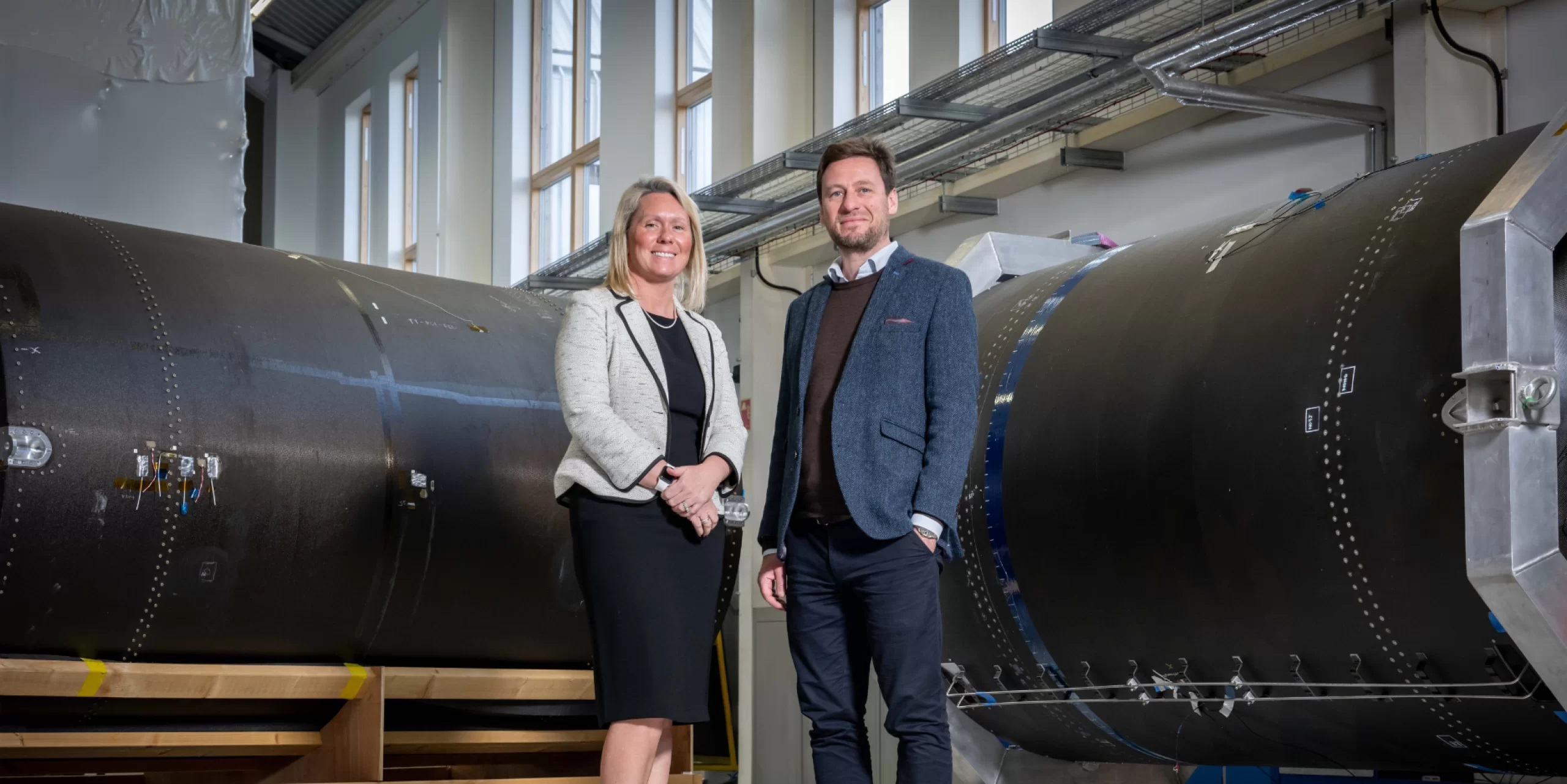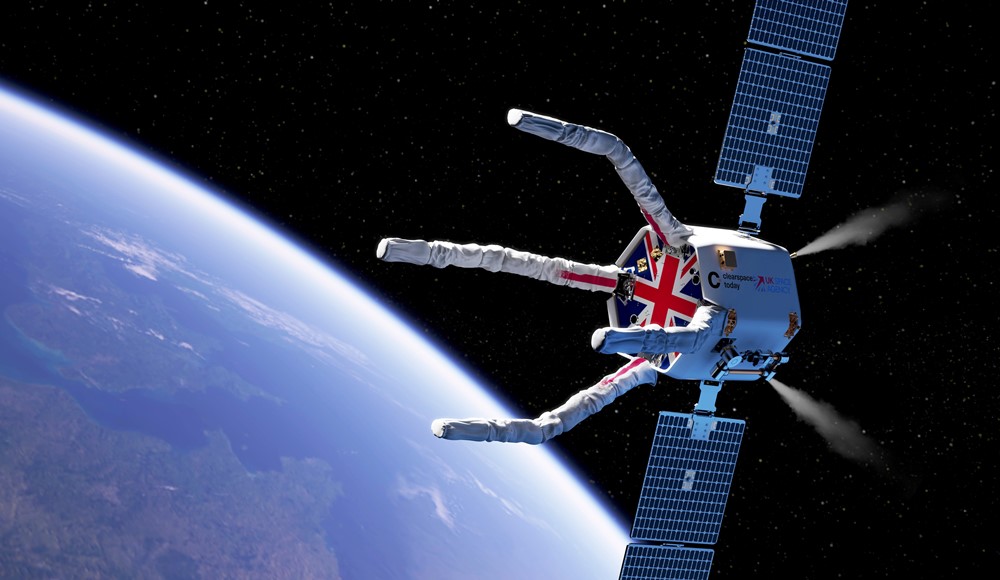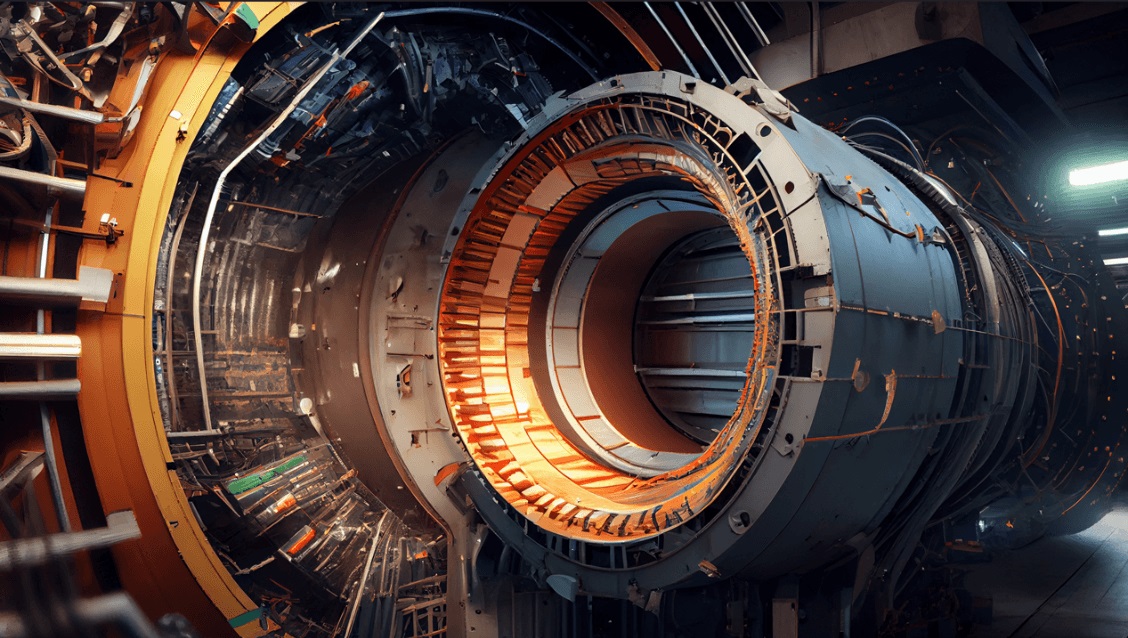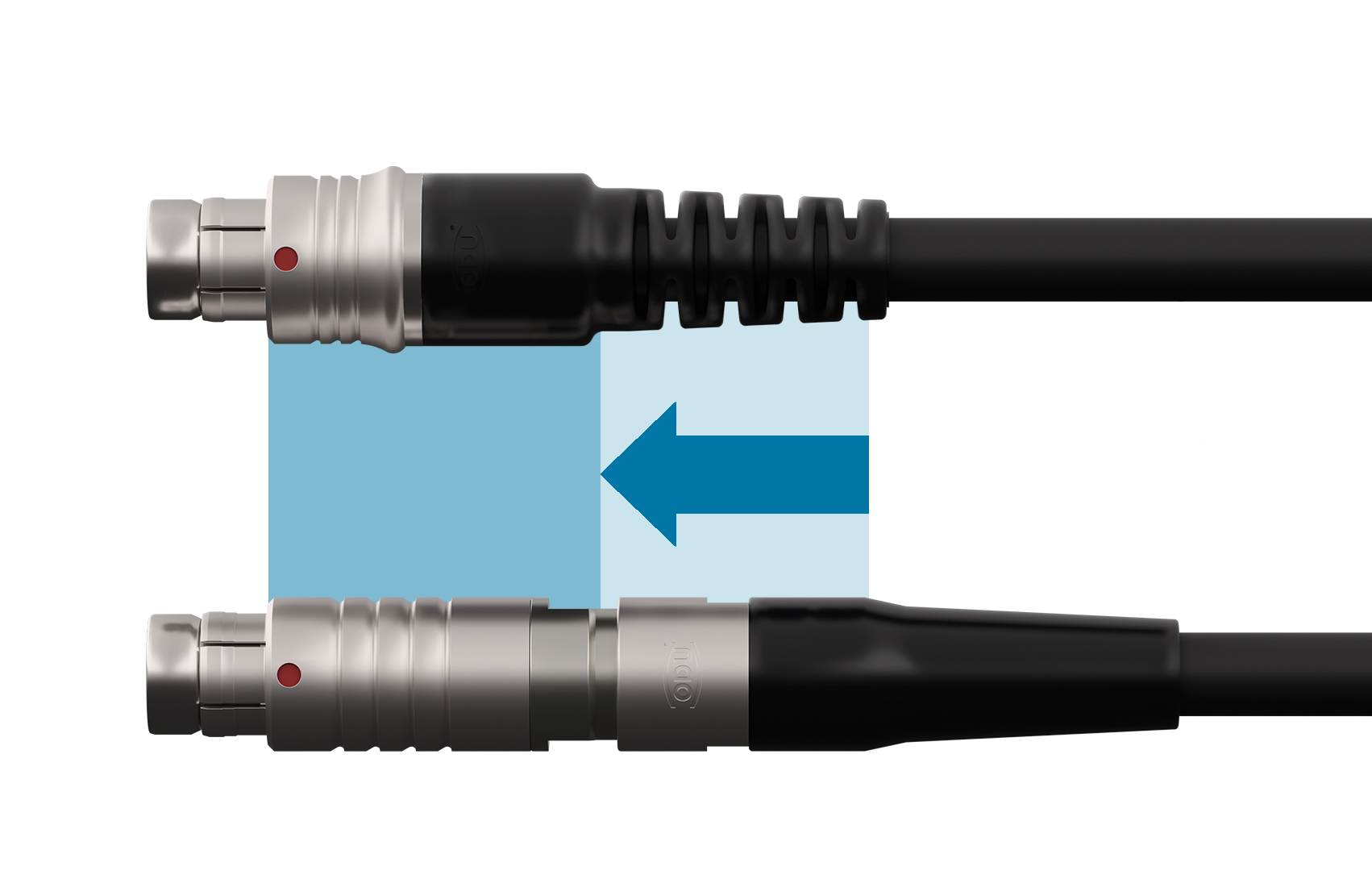UK making mission critical contribution to Rosetta
The lander, much of which has been designed and delivered by UK companies and academic organisations, is the latest step in the programme’s mission to discover more about the universe and experts hope the mission may also shed light on the origins of life.
A total of ten UK companies are involved in the programme – 20% of the number of contractors in 14 countries across Europe. The UK’s significant participation in the mission highlights the UK’s global reputation for the design and development of high precision technology for challenging environments.
 Paul Everitt (right), chief executive of space trade organisation ADS Group, said: “The UK’s contribution to this important mission highlights our established international reputation. We are known around the world for innovating new technology to tackle the most complex challenges and the Rosetta mission is no exception.
Paul Everitt (right), chief executive of space trade organisation ADS Group, said: “The UK’s contribution to this important mission highlights our established international reputation. We are known around the world for innovating new technology to tackle the most complex challenges and the Rosetta mission is no exception.
“Across industry, we are seeing the rewards of our involvement with this and many other important long-term projects and technologies with the sector growing more than seven per cent in the past year alone.”
About the UK Space industry:
• The sector has an annual turnover of £11.3bn, with an annual growth rate of 7.3% last year
• In 2013, space exports were worth £3.9bn, accounting for 35% of turnover.
• The sector employs 34,300 people directly and supports an additional 72,000 jobs.
• 40% of all the world’s small satellites are made in the UK.
• The UK Space Agency is aiming for the UK to have a 10% global market share by 2030.
The Rosetta mission will map the nucleus of the comet in unprecedented detail, thanks in large part to high performance imaging devices used on the orbiter and lander, designed and provided by Chelmsford-headquartered e2V. The lander’s descent will be very carefully controlled to protect the valuable equipment on board, stabilised by a momentum wheel developed by Surrey Satellite Technologies Ltd. The wheel has been designed to operate with very minimal power – vital for a space mission where power is limited.
The lander’s probe will be powered by lithium-ion batteries provided by ABSL Space Products. This Oxfordshire-based company has a global reputation for stored energy solutions for industrial applications, and became the first space flight battery manufacturer to qualify lithium-ion cells for space flight. Today, more than 100 space crafts have been launched with ABSL’s lithium-ion batteries on board.
The lander contains a miniature laboratory called a Ptolemy. This tiny chemical analysis instrument was designed and built in the UK by RAL Space, the Open University and the Rutherford Appleton Laboratory. The analysis process will require some samples to be heated to temperatures of around 80°C and could potentially lead to the identification of complex organic matter.
Other UK companies involved in the Rosetta mission include:
• Airbus Defence and Space, which is a major subcontractor for the Rosetta mission providing the spacecraft platform;
• CGI Group, which supported the mission design phase with studies into long mission lifetimes and produced elements of the on-board software;
• European Space Tribology Laboratory (ESTL) supported the development of many of the mechanical systems for the mission and designed and supplied the lubricant for an atomic force microscope;
• moog developed the helium storage tanks for the Ptolemy instrument and supplied the valves for Rosetta’s propulsion system;
• SciSys developed the ground control software systems for the mission and supports the flight dymanics planning of the mission including the fly-bys, comet approach and landing, which has been compared to landing on a speeding bullet;
• Telespazio VEGA developed the mission simulator used to train ESA Operations engineers and co-developed many of the spacecraft, lander and instrument sub-systems
.















